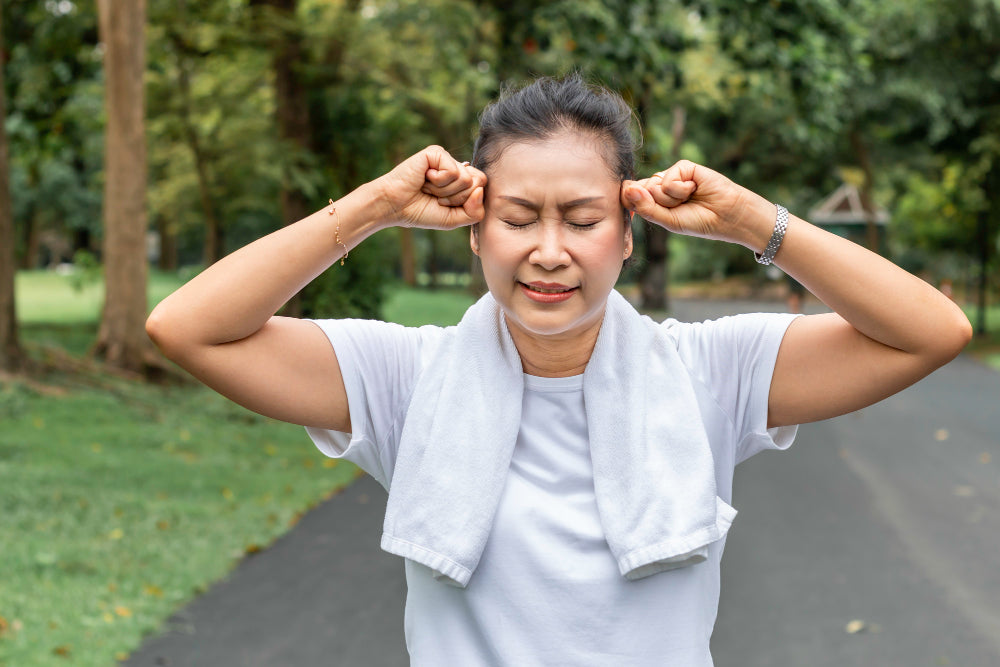Some food for thought:
- In 2013–14, 1 in 5 (20%) young people aged 11–17 had either high or very high levels of psychological distress (13% and 6.6%, respectively).
- In 2017–18, an estimated 339,000 young people aged 18–24 (15%) experienced high or very high levels of psychological distress.
- In 2013–14, an estimated 245,000 young people aged 12–17 (14%) experienced a mental disorder, with males more commonly affected than females (16% compared with 13%).
- In 2019, there were 461 deaths by suicide among young people aged 15–24, a rate of 14 per 100,000 young people.
These statistics from the Australian Institute of Health and Welfare are sobering to read and disturbing to process. When we consider that suicide is the leading cause of death for young people aged 15-24 in Australia, it is hard to fathom the depth of what our young people are feeling, but it can help to be more aware of the various issues and pressures they are facing.
Some of these issues include:
- Social media:
Social media use has been associated with increased rates of anxiety, depression, and poor self-esteem in some studies. It can also contribute to feelings of social isolation and cyberbullying.
- A 2020 study by the Black Dog Institute found that social media use was associated with higher rates of depression and anxiety symptoms in young people.
- A 2021 survey by Mission Australia found that social media was the top issue of personal concern for young people aged 15-19, with 27.3% of respondents citing it as a concern.
- According to a 2021 report by the eSafety Commissioner, one in five young Australians aged 14-17 reported experiencing cyberbullying in the past year.
- Academic pressure:
School-related stressors, such as academic expectations and workload, can contribute to anxiety and depression.
- In a 2019 study by the Australian Psychological Society, 44% of young people aged 15-19 reported that academic stress was a significant source of personal stress.
- According to a 2021 survey by Mission Australia, coping with stress related to school or study problems was the second top issue of personal concern for young people aged 15-19.
- Family conflict:
Relationship problems or family conflict can be a significant stressor for young people and can contribute to mental health decline and pressure.
- A 2015 study by the Australian Institute of Family Studies found that family conflict and poor family communication were associated with increased rates of depression and anxiety in young people.
-
According to a 2021 survey by Mission Australia, family conflict was the fourth top issue of personal concern for young people aged 15-19.
- Economic uncertainty:
Financial instability, poverty, and unemployment can contribute to stress, anxiety, and depression for youth and their families.
- According to a 2016 report by the Australian Bureau of Statistics, young people aged 15-24 are more likely than other age groups to experience unemployment and underemployment.
- A 2018 study by the Australian Council of Social Service found that children and young people from low-income families are more likely to experience mental health issues than those from higher-income families.
- Chemical imbalances:
Some mental health issues may be caused by chemical imbalances in the brain, which can be affected by genetics, trauma, or other factors. If these are diagnosed it can be important to get the appropriate medication from your pharmacy.
- According to a 2019 report by the Australian Government Department of Health, around 14% of young people aged 4-17 experience a mental health condition in Australia each year.
-
A 2021 study by the Murdoch Children's Research Institute found that genetic factors play a significant role in the development of anxiety disorders in young people.
- Friendship and relationship difficulties:
- A study by Mission Australia in 2021 found that issues related to social exclusion and bullying were the most common concerns reported by young people who sought mental health support.
When we look at all of this together, it’s easy to see how our young people might be feeling overwhelmed, isolated and unsure where to turn. And that’s without considering one of the biggest culture-changers of the 21st Century: The COVID 19 Pandemic.
While the pandemic every aspect of our way of life, it might be many years before we fully understand the extent to which young people experienced and continue to experience increased stress, anxiety, and depression as a result of the pandemic and associated lockdowns and restrictions. It is worth considering some of the ways in which this worldwide pandemic has impacted our youth:
- Increased social isolation: Not being around friends in formative teen years has had a significant impact on our young people. Communicating digitally cannot replace the day-to-day contact and formation of friendships and the identity that comes along with that. The physical separation of the pandemic caused significant social isolation which can lead to feelings of loneliness, worthlessness and helplessness.
- Disruption to education: School closures and remote learning have disrupted the education of many young people, causing feelings of stress and uncertainty about the future. For those more academic, the pressure to perform in unfamiliar test and exam scenarios loomed large, for those less academic, the lack of teacher guidance and peer support, as well as hearing the ideas of others across the classroom meant many fell behind.
- Financial stress: The pandemic has led to job losses and economic uncertainty for many families.
- Increased exposure to media coverage: with nothing to do but be home all day, young people spent their lives on social media which we have already seen can be harmful and toxic.
- Reduced access to mental health services: Lockdowns and restrictions have made it more difficult for young people to access mental health services, with people unable to access even a pharmacy, exacerbating existing mental health issues.
- Uncertainty about the future: many young people worried about their prospects for education, employment, and social connection after growing up in forced isolation.
Several studies have documented the impact of the pandemic on youth mental health in Australia. For example, a survey conducted by the Black Dog Institute in April 2020 found that 75% of young people aged 15-25 reported increased levels of anxiety and depression as a result of the pandemic. Another survey by Mission Australia in 2021 found that the number of young people seeking mental health support had increased by 15% compared to the previous year.
What can we do with this onslaught of information? We can keep an eye on our young people now more than ever. We can give them access to services that can give them a place to process the things they are experiencing - a list can be accessed at a local pharmacy or through a simple Google search - and we can make sure we are checking in, asking if they are okay.
Image Sources by: Freepik
Image Author: @freepik



















































